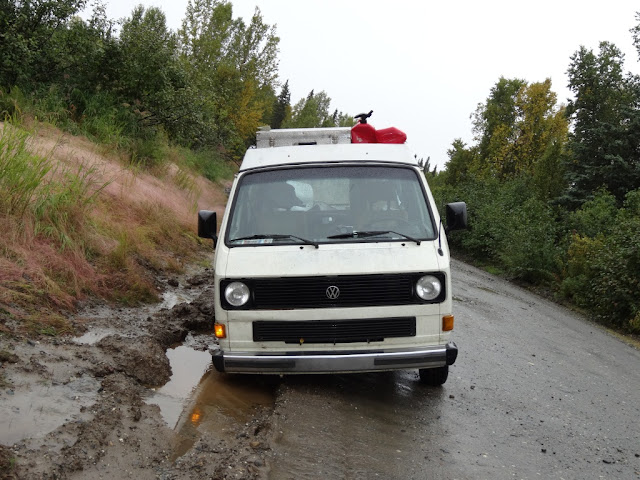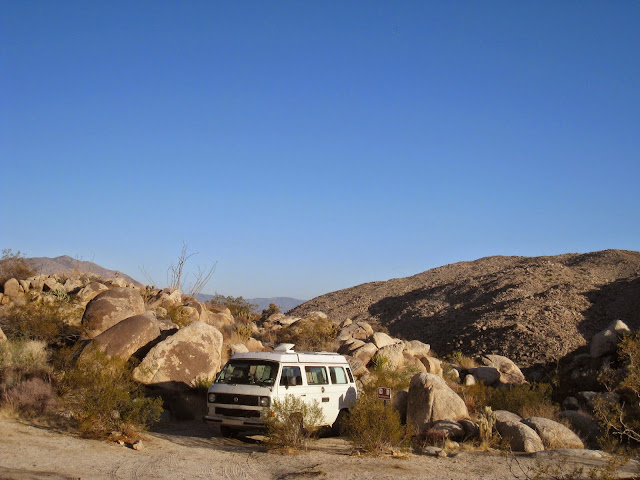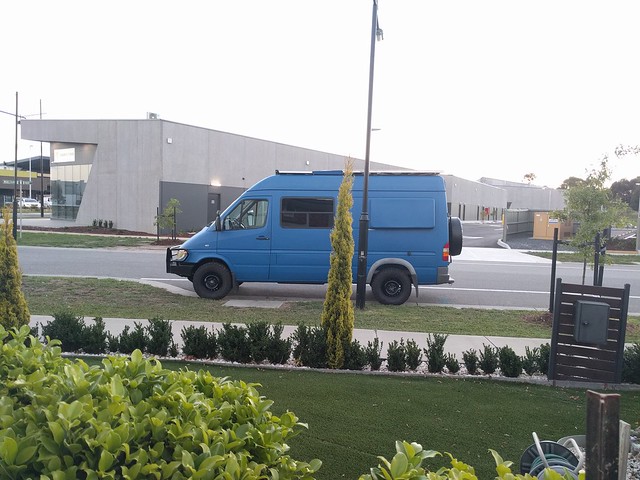luthj
Engineer In Residence
Hey folks. At the end of last year, we complete a 11 month adventure in Australia. We kept a blog of our travels, and it is my plan to recount it here over the next few weeks.
Some background. We got introduced to overland traveling after working for an airline. Ironic isn't it? We could fly for free just about anywhere as long as we had time, and didn't mind getting bumped by just about anyone above us in priority. We hated being pressed for time, and being anchored to major cities. So we bought a van, quit our jobs, and just started driving.
Our first rig was Chuck, a 1982 VW Vanagon Westfalia. We roamed from Alaska to Panama and back

After about 18 months on the road, we started planning our next adventure, this time to Australia and New Zealand. So we sold Chuck, and started building something a bit more ambitious.
Chucks Next owner was recently spotted roaming the desserts of southern California.

After a sufficient mourning period, we bought... A sprinter. I am a serious gearhead, but to avoid detracting from the amazing nature and scenery, I won't delve into the details here. Needless to say, our new steed Fernvey, is a bit more comfortable than Chuck.

After a lengthy build and accumulation of funds, we shipped Fernvey to Australia.
We are science and nature lovers, so my posts tend to focus on that aspect, and less on the vehicle and road itself. We aren't interested in punishing ourselves and our vehicle without cause, so when we drive difficult roads, it is because something interesting lies at the other end.
Without further distraction here is installment number one.
Some background. We got introduced to overland traveling after working for an airline. Ironic isn't it? We could fly for free just about anywhere as long as we had time, and didn't mind getting bumped by just about anyone above us in priority. We hated being pressed for time, and being anchored to major cities. So we bought a van, quit our jobs, and just started driving.
Our first rig was Chuck, a 1982 VW Vanagon Westfalia. We roamed from Alaska to Panama and back
After about 18 months on the road, we started planning our next adventure, this time to Australia and New Zealand. So we sold Chuck, and started building something a bit more ambitious.
Chucks Next owner was recently spotted roaming the desserts of southern California.
After a sufficient mourning period, we bought... A sprinter. I am a serious gearhead, but to avoid detracting from the amazing nature and scenery, I won't delve into the details here. Needless to say, our new steed Fernvey, is a bit more comfortable than Chuck.
After a lengthy build and accumulation of funds, we shipped Fernvey to Australia.
We are science and nature lovers, so my posts tend to focus on that aspect, and less on the vehicle and road itself. We aren't interested in punishing ourselves and our vehicle without cause, so when we drive difficult roads, it is because something interesting lies at the other end.
Without further distraction here is installment number one.

















































































































































